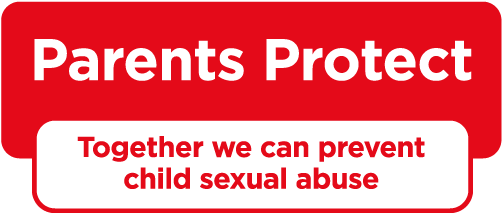As children and young people spend more time online, bullying is no longer something that only happens in the real world. In the past, bullying may have occurred at school, in the playground or at a youth club, now it can happen over social media, messaging, and other digital platforms. Cyberbullying can happen 24 hours a day, 365 days a year. Cyberbullying happens if one or more people try to tease, harass, threaten or embarrass another person in the digital world.
Children and young people can fall victim to cyberbullying, but they can also easily become the bully, or be drawn into cyberbullying without even realising it.
Even though cyberbullying cannot physically hurt someone, the emotional effects can be devastating. As cyberbullying can happen constantly, escaping from it can be hard and people affected can be left feeling very isolated, distressed, scared and vulnerable.
In 2017 Public Health England released research from a 2014 consultation with 5,335 young people aged 11-15 years old.
They found:
- 18% of 11-15-year olds reported being cyberbullied in the two months prior to being surveyed
- Girls were twice as likely as boys to report being cyberbullied
- Cyberbullying increased with age for both boys and girls; the reported rates of cyberbullying at age 15 were almost double those for 11-year olds
- Cyberbullying is associated with socio-economic status. Young people from more affluent families were more likely to report being victims of cyberbullying
- Young people who reported positive family communication, especially with a father, were less likely to experience cyberbullying
- Positive perceptions of the school environment were associated with lower levels of cyberbullying
- Cyberbullying was associated with feelings of safety in young people's local neighbourhood
A review of 35 international studies on cyberbullying concluded that around 24% of children and young people will experience some form of cyberbullying. Visit Internet Matters for more information.
Top tips
- Talk to your child about responsible online behaviour
- Remind them that once a message is sent or a comment is posted online you cannot take it back.
- Let them know that if something bothers them, makes them feel upset, sad or scared they can talk to you about it.
Common Sense Media has published the following Stay-Saf tips for children and young people who are victim to cyberbullying.
- Turn off the computer. It's best to ignore attacks and walk away from the cyberbully.
- Don't respond or retaliate. If you're angry and reply, then you might say nasty things. Cyberbullies often just want to get a reaction out of you, so don't let them know that their plan has worked.
- Block the bully. If you get mean messages through IM or a social networking site, take the person off your buddy or friends list. You can also delete messages from bullies without reading them.
- Save and print out bullying messages. If the harassment continues, save the messages to prove what has happened and what been said. This could be important proof to show parents or teachers if the bullying doesn't stop.
- Talk to a friend. When someone makes you feel bad, sometimes it can help to talk the situation over with a friend.
- Tell a trusted adult. A trusted adult is someone you trust who will listen and who has the skills, desire, and authority to help you. Telling someone what's going on isn't 'grassing' or telling tales -- it's standing up for yourself. And even if the bullying occurs at home, your school probably has rules against it.
Cyberbullying - A headteachers perspective
Sue Croft is the headteacher of Cleaves School in Surrey. Here, she talks about her experience of cyberbullying and why parents need to know about it.
There are many organisations and useful websites that can help with cyberbullying situations or concerns:
- Anti-bullying Alliance provides advice to parents which includes identifying the signs of bullying and how to respond to it appropriately.
- Bullying UK is a charity that provides information and advice to young people and their parents through its website and email service. It works with schools, youth organisations, police forces, health trusts and runs workshops.
- Childnet International is a non-profit making organisation working with others to help make the Internet a positive and safe place for children and young people. Their website holds a wealth of resources.
- Cybersmile is founded by parents of children directly affected by cyberbullying, this non-profit making organisation provides support to individuals that are bullied online and seeks to change the behaviour of the bullies themselves, through education.
- Direct Gov offers information and advice for parents, children and young people on cyberbullying.
Video: Let's Fight it Together
This film, produced by Childnet International highlights the different ways that cyberbullying can happen and the consequences for the young person being targetted.This is a great video for parents to share with their children.
Internet safety
You can learn more about how to protect your child online through watching our internet safety awareness video.

